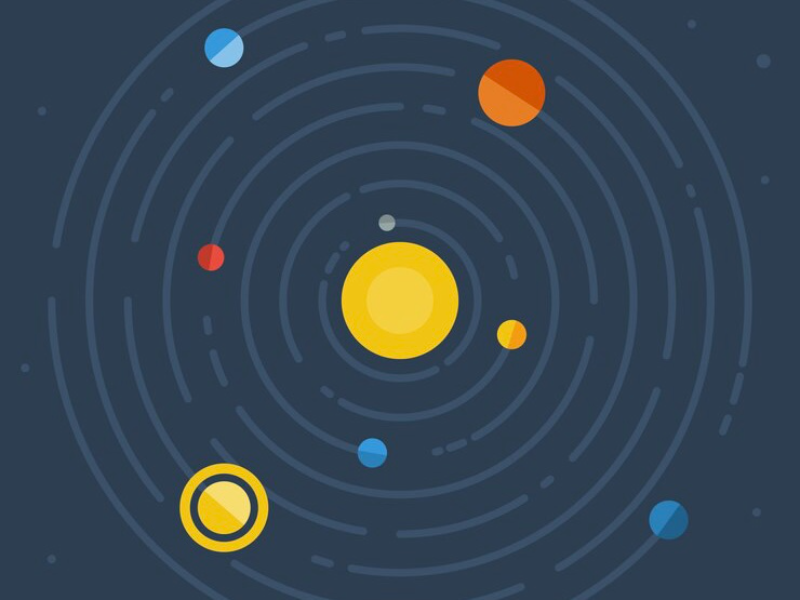- MEO orbits face disadvantages such as weaker signals, limited visibility, higher costs, and the need for multiple satellites to achieve continuous coverage.
- MEO satellites suffer significant signal attenuation compared to LEO satellites due to their higher altitude, requiring more powerful transmitters for effective communication.
- MEO satellites are visible from Earth for only 2 to 8 hours, necessitating continuous tracking and handover, which can introduce delays and reduce reliability.
Medium Earth Orbit (MEO) satellites encounter several disadvantages compared to Low Earth Orbit (LEO) satellites, including weaker signals due to higher altitude, necessitating more powerful transmitters to overcome path loss and atmospheric attenuation. MEO satellites are visible from any point on Earth for only 2 to 8 hours, requiring continuous tracking and handover.
1. Weak signals
Medium Earth Orbit (MEO) satellites experience significant signal attenuation compared to Low Earth Orbit (LEO) satellites due to their higher altitude. This increased distance from the Earth’s surface results in a greater path loss and atmospheric attenuation, necessitating more powerful transmitters to maintain effective communication. The higher altitude also means that signals travel through more of the Earth’s atmosphere, encountering additional obstacles and interferences that can degrade signal quality further.
Also read: Nokia set to win 5G contract with Portugal’s MEO, replacing Huawei
2. Limited visibility
MEO satellites are visible from any given point on Earth for only 2 to 8 hours due to their specific orbital characteristics. This limited visibility window requires continuous tracking and handover between satellites to maintain a constant communication link. As these satellites move rapidly across the sky, ground stations must be equipped with sophisticated tracking systems to monitor and communicate with them effectively.
3. Higher costs
The development and deployment of MEO satellite systems are generally more expensive compared to LEO systems. The increased costs stem from the need for more powerful transmitters and receivers, advanced tracking equipment, and the higher expense of launching satellites into medium Earth orbit. Additionally, the infrastructure required to manage the dynamic nature of MEO orbits, including ground stations and tracking facilities, adds to the overall financial burden. These higher costs can be a significant barrier for many organizations, limiting the adoption and expansion of MEO satellite networks, especially for commercial applications.
Also read: CMC Networks satellites respond to African subsea cable damage
4. Continuous coverage requirements
To achieve continuous coverage of a specific region, multiple MEO satellites are needed. Unlike geostationary satellites, which can cover large areas with a single satellite, MEO satellites must work in constellations to provide uninterrupted service. This requirement for multiple satellites increases the complexity and cost of the system, as it necessitates a larger number of satellite launches and a robust network of ground stations to manage the constellation. The need for seamless handover between satellites in the constellation also introduces additional technical challenges, making the system more complicated to design, implement, and maintain.
5. Operational challenges
Operating a constellation of MEO satellites involves significant technical and logistical challenges. The satellites must be precisely coordinated to ensure that they provide continuous coverage and reliable communication links. This coordination requires sophisticated software and algorithms to manage the handover between satellites, predict orbital movements, and adjust for any anomalies.

